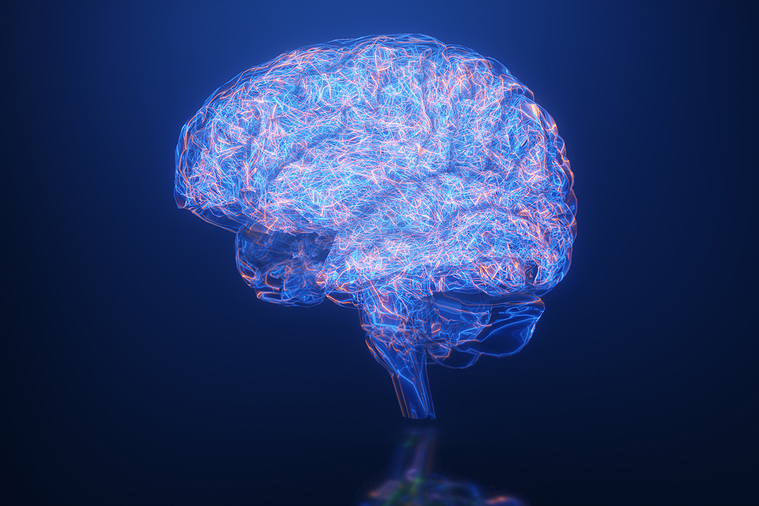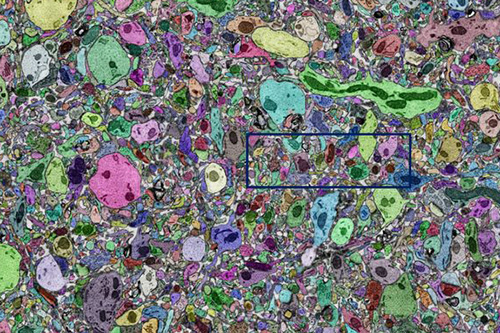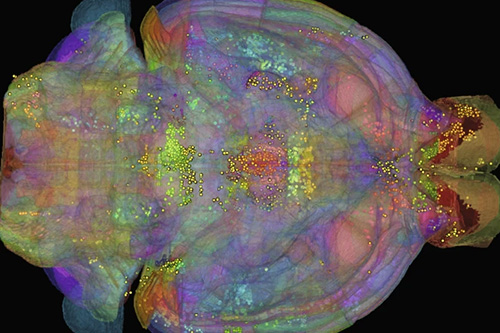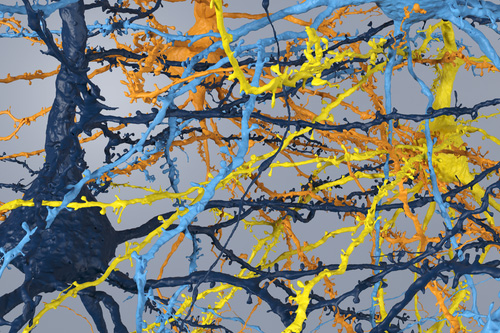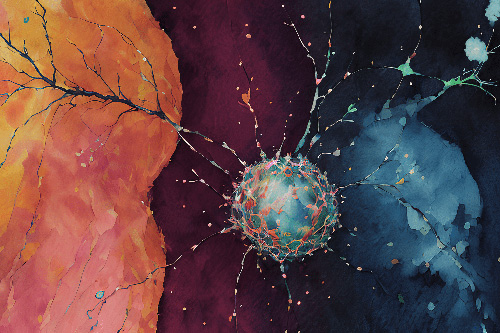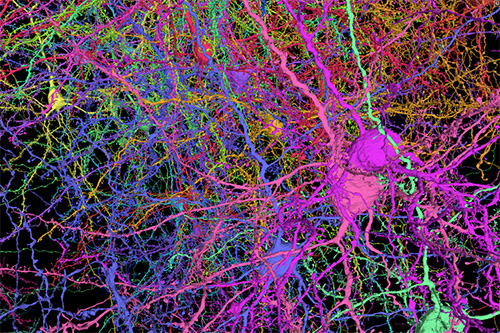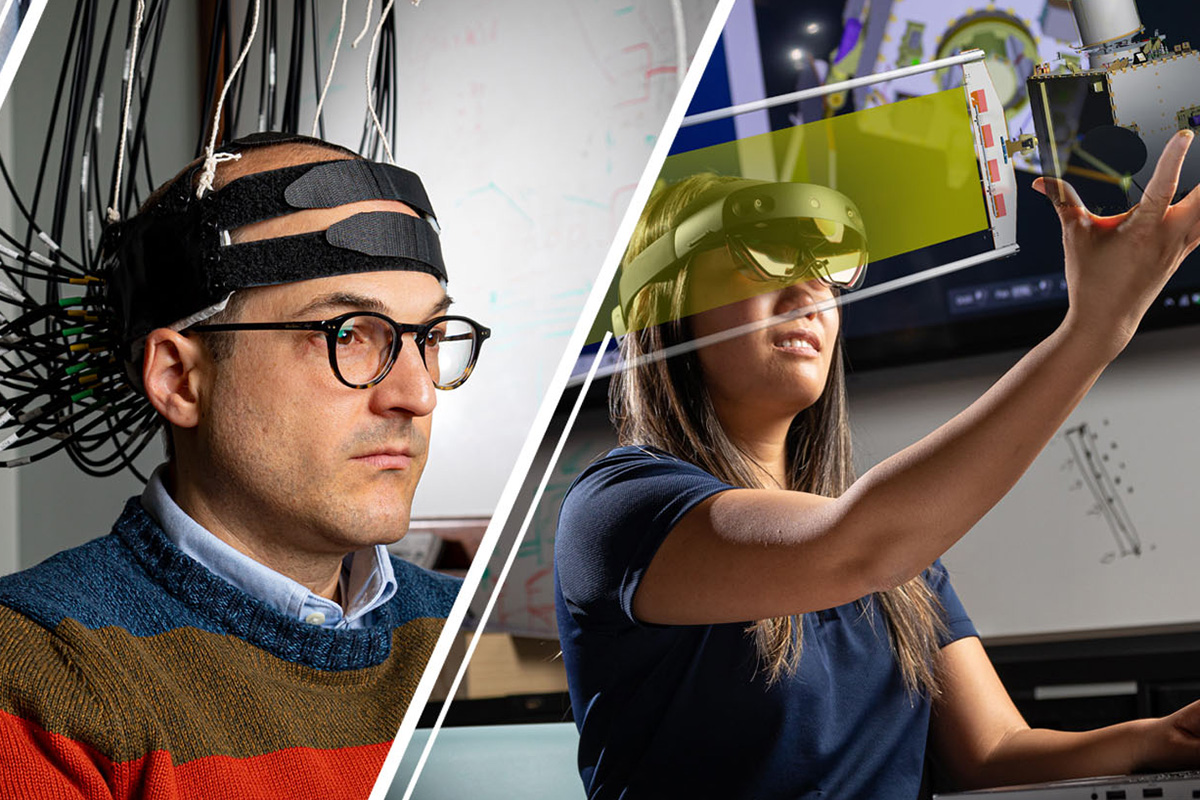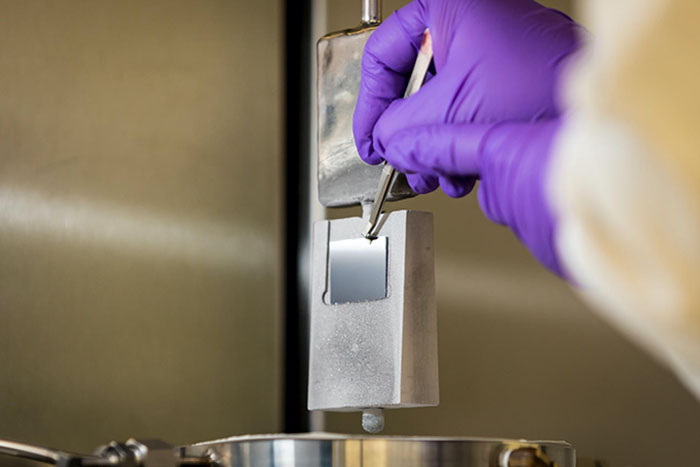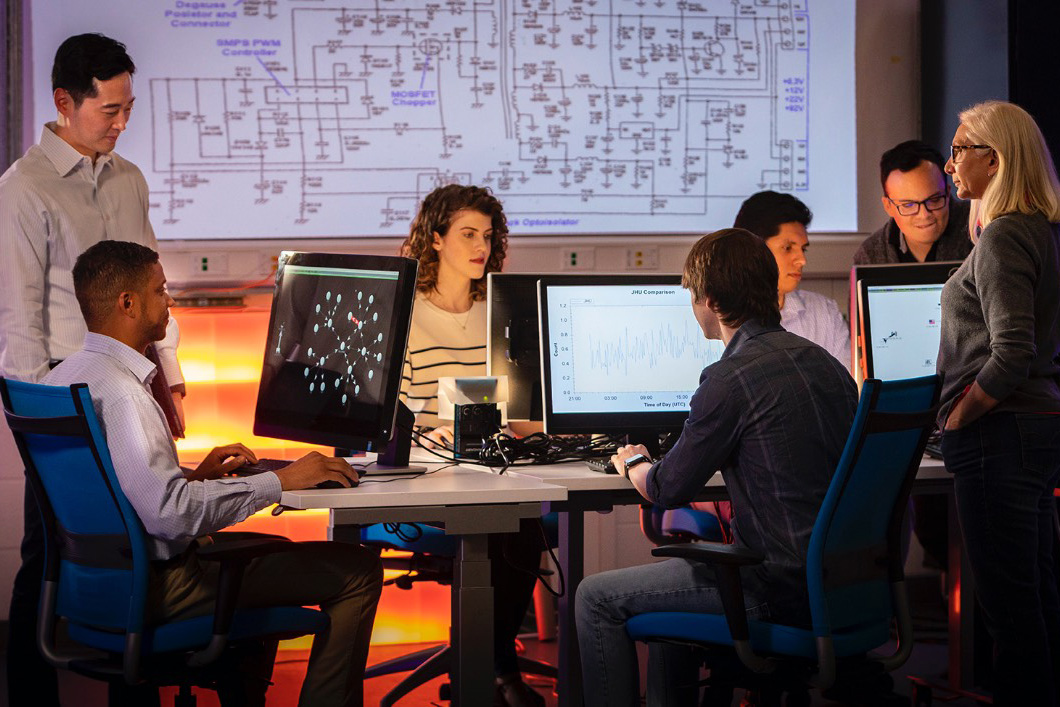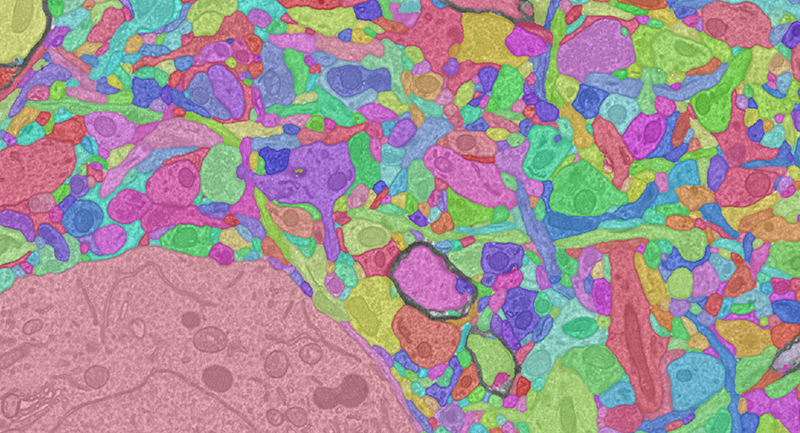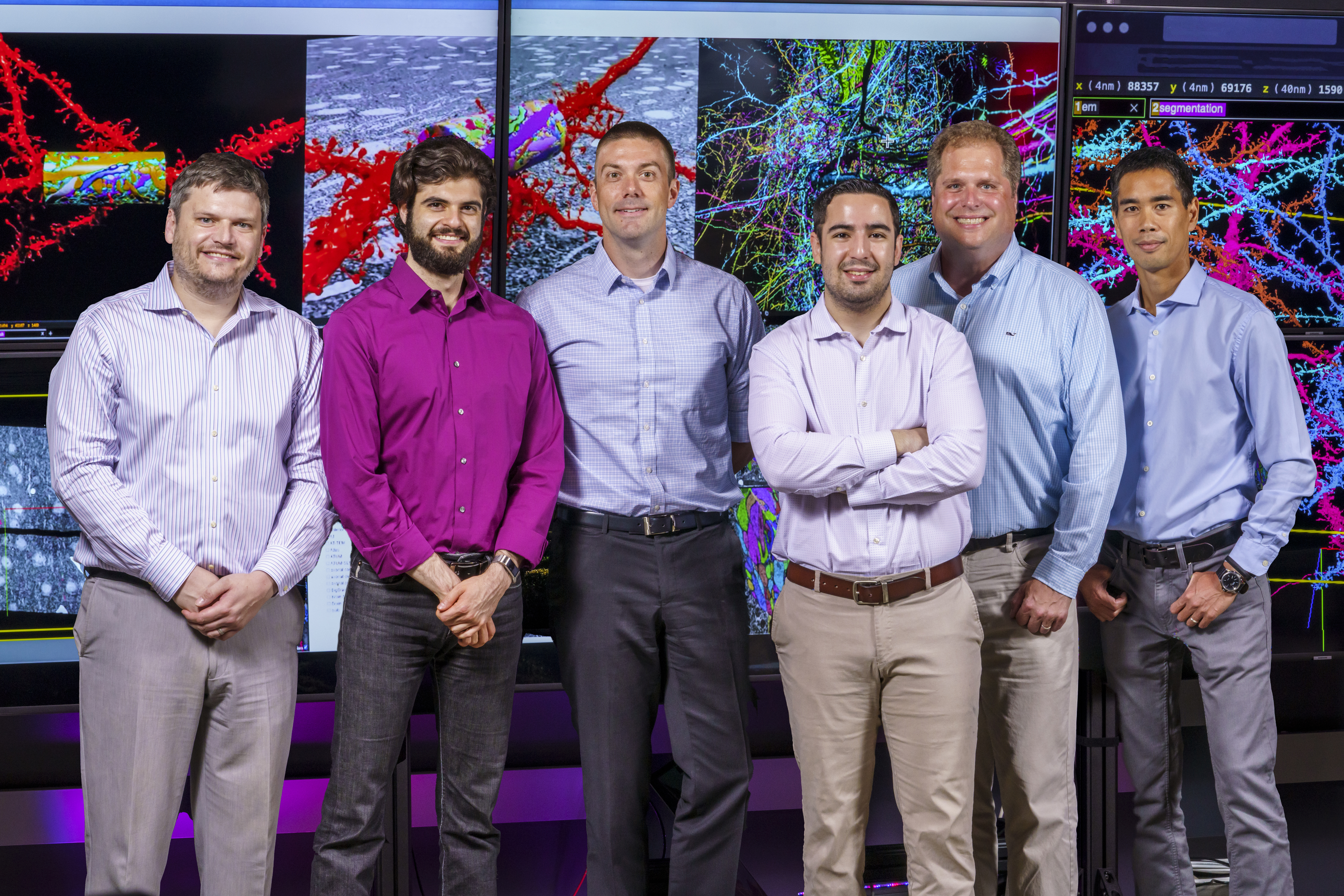Our Contribution
APL led testing and evaluation efforts for the Intelligence Advanced Research Projects Activity’s (IARPA) Machine Intelligence from Cortical Networks (MICrONS) project, launched to create state-of-the-art machine learning capabilities by discovering how brain circuits process information. Begun under the MICrONS effort, APL developed a novel cloud-based capability for storing, accessing, and processing petabyte-scale (millions of gigabytes) neuroanatomical data—the Brain Observatory Storage Service and Database (BossDB)—that enables researchers across the world to conduct large-scale neuroscience inquiries. Since the completion of MICrONS, APL has continued to grow the set of connectomic technologies available to researchers with support from the National Institutes of Health and the BRAIN Initiative, accelerating the field toward the first-ever complete mouse (and one day, human) connectomes.Related Reading
